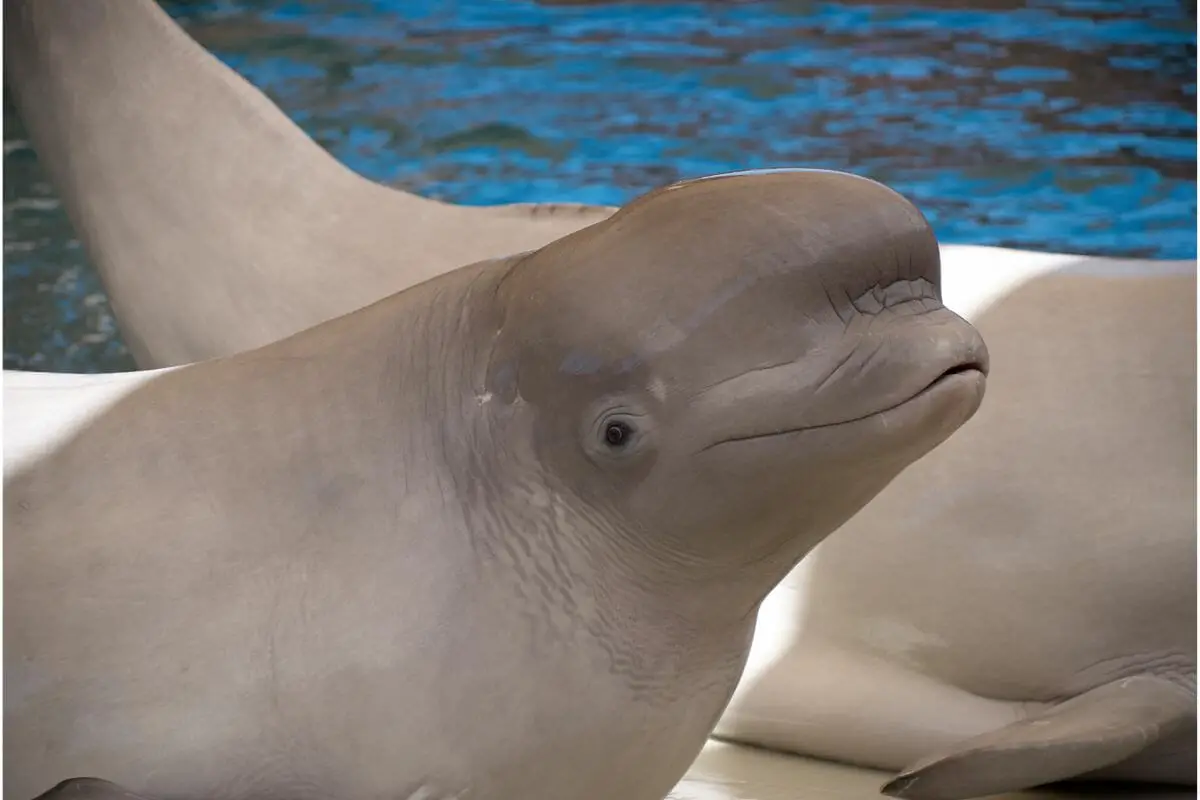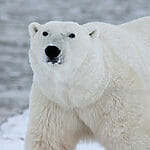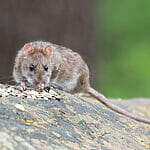The arctic is full of a variety of animals that you might not be familiar with.
If you’ve ever wondered about the different kinds of animals that you find in the arctic, then you’ve come to the right place. In this article, we will cover 7 arctic animals you should know about.

Without further ado, let’s get started.
Polar Bear
The polar bear is the largest bear in the world and is the apex predator of the arctic.
Male polar bears can weigh from 800 to a whopping 1,300 pounds, whilst females weigh 300 to 700 pounds.
Polar bears spend over 50% of their time hunting for their prey, and their diet primarily consists of seals due to the large amount of fat that they require to survive.
These animals are great at swimming, and are able to sustain a solid pace of 6 miles an hour with their great paws. However, this doesn’t mean that they don’t struggle to hunt.
Polar bears rely on the ice on the surface of the sea for various activities such as resting, hunting, traveling, mating, as well as to create dens for their cubs.
They cannot survive in the water alone. Due to the rapid decline of the sea ice as a result of climate change, polar bears are a threatened species and have been since 2008.
Arctic Fox
The Arctic Fox (Vulpes lagopus), also referred to as the polar fox, is a fox native to the arctic.
Arctic foxes are small in stature, only weighing 3 to 20 pounds and growing to 11 inches in height.
Arctic foxes primarily follow a carnivorous diet, relying on smaller animals such as lemmings. That being said, they will also hunt fish, sea birds, and other marine animals when rodent populations are scarce.
The scarcity of their prey is arguably the biggest threat for the arctic fox, although it used to be threatened by people hunting it for its fur for the fur trade.
This creature is known for its multi-layered coat. The white coat works to keep it warm during freezing cold temperatures and serves as a great way to camouflage itself in the white snow (Also check out What Animals Live In The Snow).
The arctic fox’s warm winter coat allows it to survive temperatures as low as -58°F. Yep, you read that right!
Arctic Hare
The Arctic hare (Lepus arcticus) is a hare native to the arctic tundra and is dependent on land plants for survival.
Arctic hares are incredibly fast, and have the ability to bound at speeds of up to 40 miles an hour to run from predators such as the arctic wolf or arctic fox.
Interestingly, the females tend to be larger than the males, and can weigh up to 15.5 pounds.
An arctic hare’s coat is always thick and highly insulating. In the north, the arctic hair keeps their snow coats all year round, but their coat is slightly shorter in the summer.
In the south, hares grow two coats throughout the year, which is white in color during the winter and a bluish gray color during the summer months. This helps them to blend into their environment more easily no matter the time of year.
Narwhal
The narwhal is a toothed whale that is known for its large tusk and is native to arctic waters around Canada, Greenland, as well as Russia.
Narwhals are known to feed on squid, shrimp, cod, as well as halibut, but what they eat largely depends on where they live
Their tusk is an enlarged tooth that has up to 10 million nerve endings, and they can grow to an impressive 10 feet in length.
The majority of narwhals spend up to five months under the sea ice during the winter. Crazy, right?

Reindeer
Reindeer (Rangifer tarandus) are another animal that inhabit the Arctic and subarctic regions.
The antlers of a reindeer are one of the most distinctive features of this creature, with a male’s antlers having the potential to grow up to 51 inches long and their female counterparts antler’s reaching 20 inches long.
Their antlers can be used as a weapon to help to warn off predators, and can also be used to woo female reindeer.
Reindeer have two coat layers. First they have an undercoat of soft wool that is right next to their skin, and a top layer of long, hollow guard hairs. This helps to insulate them and keep them warm.
Reindeer primarily live off ferns, shrubs and trees, as well as fungi and other vegetation that they come across.
Beluga Whale
The beluga whale, also referred to as the white whale, is one of the smallest whales out there and lives in the arctic.
Renowned as the canary of the ocean, belugas are known to produce clicks, chirps, squeals and whistles which is where it gets this name from.
Belugas feed on a variety of fish and sealife, such as herring and salmon, alongside crab, shrimp, and mollusks.
Very much similar to polar bears, the beluga whale depends on the sea ice for its survival and it therefore is under threat due to the effects of climate change.
Arctic Wolf
The arctic wolf has the scientific name Canis lupus arctos and is a wolf that is native to the arctic animal regions of Greenland and North America.
Arctic wolves can weigh from 70 to 175 pounds depending on their gender.
Arctic wolves are carnivorous creatures and are social animals that live and hunt in packs, hunting animals such as Arctic hares, caribou, and the musk ox. They then share whatever they have killed.
They do not hibernate during the winter, due to the fact that the animals that they prey on are particularly active during the winter months.
They are also monogamous animals, meaning that within the pack, only the alpha male and beta female can mate.
In Summary
These are just a few of the incredible animals that you’ll find in the arctic! Hopefully you have enjoyed learning more about these 7 arctic animals.
- 15 Most Common Animals Living In Ponds - 2024-04-23
- What are the Characteristics Of a Wolf – (Characteristics & Interesting Facts) - 2024-04-23
- Animals That Live In The Abyssal Zone - 2024-04-22








